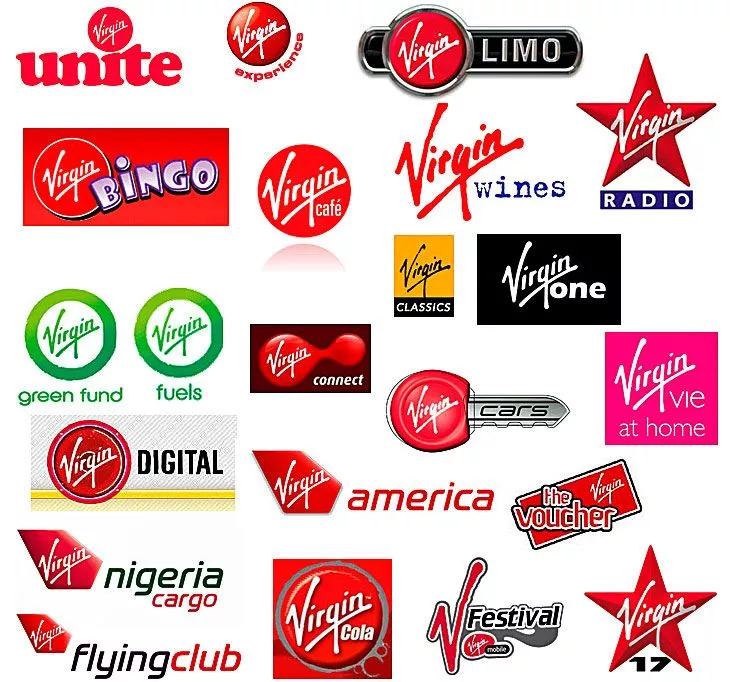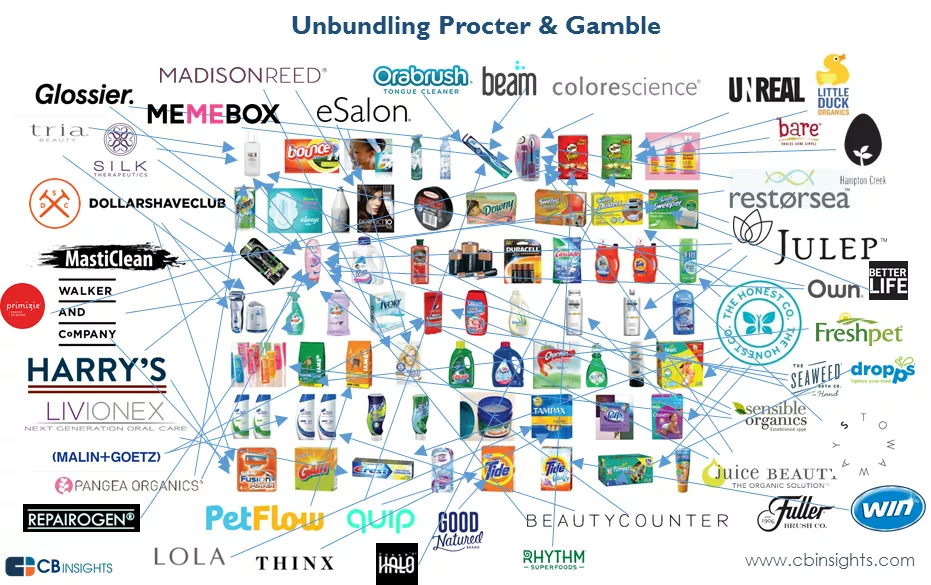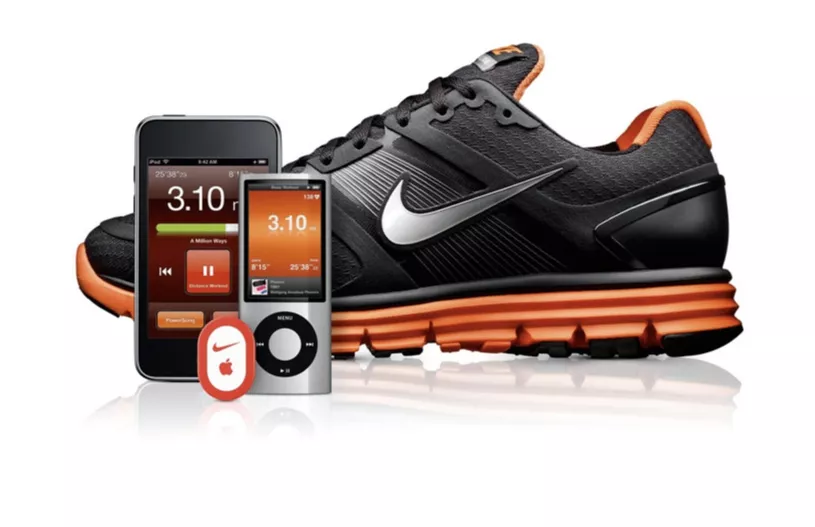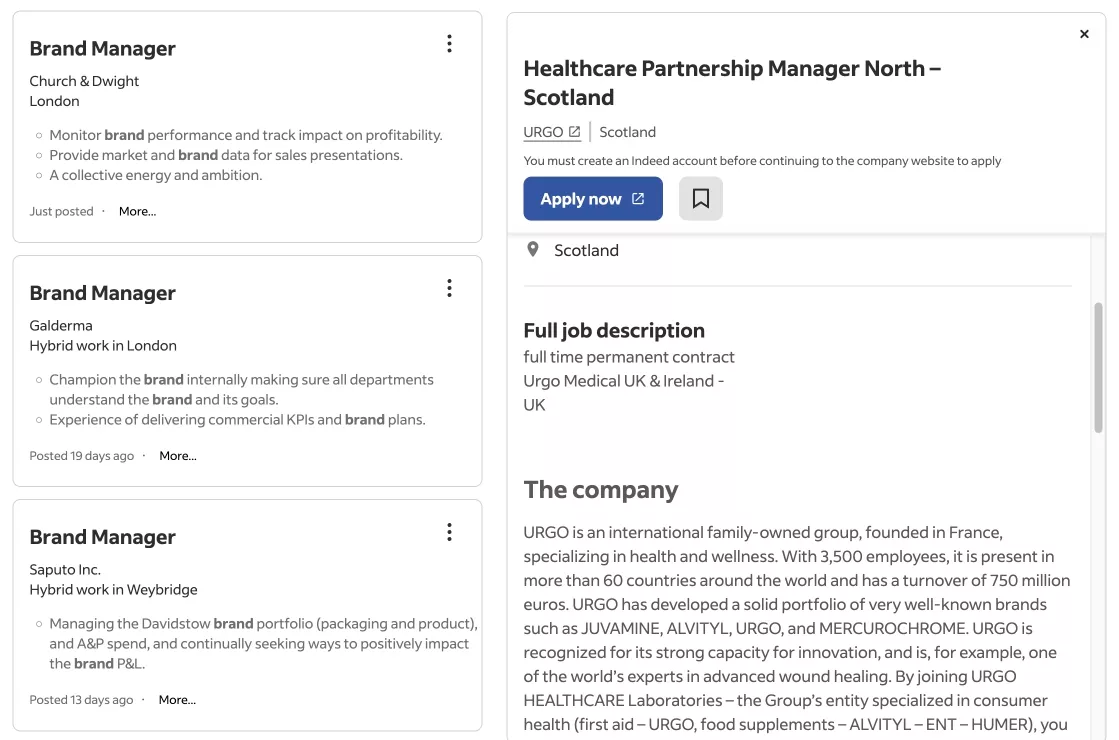What Does a Brand Manager Do? And How to Become One
A brand manager is a marketing professional who develops and implements a brand strategy, monitors and adjusts its implementation, and launches new products or categories. While companies are less likely to hire a brand manager in the start-up phase, this position is vital for high-profile projects in large and mid-sized companies.
This is usually a full-time (in-house) position, but marketing agencies also commonly offer brand manager services. The difference is that an agency specialist works with various brands for multiple clients.
To find out more about this role, read the article to learn about the job scope, the different types of brand managers, and what you need to do to become a brand manager.
Key responsibilities of a brand manager
1. Brand strategy.
A brand manager creates and implements long-term brand development strategies.
What it involves:
- Develop a mission and values statement, answering the question of who we are and why we do what we do.
- Create a brand positioning strategy, i.e., how we do it.
- Define the target audience (TA), i.e., who we do it for.
- Prepare key messages for the TA, develop a communication style, and create a brand book, i.e., how we present ourselves and the product.
- Identify promotional channels, i.e., where to present.
- Set goals and KPIs, i.e., where we want to go.
- Identify areas for brand growth through competitive analysis.
All efforts are aimed at making the product attractive to consumers.
For example, expanding the Virgin Group brand from recording studios and music stores to its own airlines and space projects.
Or the product strategy of Procter & Gamble, which has a brand strategy and a staff of marketing specialists for each product, including Pampers, Gillette, Always, and over twenty others.
2. Marketing research.
The brand manager studies market trends and the holy of holies — consumer preferences and behavior. They analyze competitors and look for areas of brand growth.
3. Products and services.
The brand manager develops and launches new products and improves existing ones based on the company’s main strategy. To do this, they constantly work together with several other departments of the company, such as development, production, and sales.
4. Advertising and marketing campaigns.
The brand manager works with PR, advertising, design, and other marketing departments on a daily basis.
Essentially, they plan, monitor, and evaluate the effectiveness of marketing efforts to promote the brand. They also manage the budget for the implementation of all activities, which involves working with the finance department.
5. Monitoring and analysis.
The brand manager’s responsibilities include consistently tracking key performance indicators (KPIs) to measure brand success.
6. Identity and tone of voice.
The first, identity, refers to the visual identity of the company and the concept of unique visual elements and style: logo, color palette, and fonts.
The second, tone of voice, refers to all the elements of language that communicate identity, mood, and personality in the media. This includes the style of publications in the media, communication with consumers on social media, and business correspondence with partners.
In addition to creating these styles, the brand manager constantly monitors the implementation and ensures all materials adhere to the brand's visual and verbal style.
7. Communication and partnership.
It is necessary to coordinate work with invited events and advertising agencies, designers, and other contractors, and brand managers are tasked with handling these partnerships.
In some cases, partnerships involve co-branding, where two or more brands work together to create joint products and services. For example, Nike+ was created by Nike and Apple.
8. Coordination within the company.
A brand manager is also responsible for training company employees in brand standards and values. They must be able to unite colleagues to communicate effectively and achieve common goals.
The nature of your business will directly affect the priorities of the tasks on this list and the type of brand manager your company needs.
Types of brand managers
- Digital brand manager: This person manages a brand’s online presence. The brand manager is responsible mainly for social media and creating content for websites and other platforms. They also work closely with SEO and SERM (Search Engine Reputation Management) to manage a brand’s reputation in Google, Bing, etc.
- Corporate brand manager: This type of brand manager works to handle the company’s image. The scope of work is similar to that of digital brand managers, but SERM comes first.
As a variation of this role, the employer brand manager is a specialist who deals with the employer brand.
- Product brand manager: This person deals with specific products and product lines, including their full life cycle from creation to market launch and positioning. They study consumer responses to the product and measure the effectiveness of the brand’s impact on the audience.
- Service brand manager: These managers are responsible for promoting the company’s services, developing and monitoring their quality standards, researching the market, and managing the service’s image.
Depending on the niche and the product, the work of a brand manager varies.
Brand manager of fast moving consumer goods (FMCG)
This involves advertising everyday products such as food, beverages, and household chemicals.
People buy these products no matter what, and the niche market is highly competitive. Making your brand stand out from hundreds of others is the ultimate goal. That’s why the brand manager’s job includes monitoring sales and brand awareness, researching consumer preferences, and creating advertising campaigns.
Service brand manager
A service brand manager pays special attention to customer experience research and monitors service quality, customer loyalty, and corporate reputation. They work with brands that provide services, such as insurance, travel, and hospitality.
B2B brand manager
A B2B brand manager promotes products and services intended for other businesses, not retail customers. Examples include industrial supplies, consulting services, and corporate training.
Priority is given to communication skills to build long-term relationships, in-depth knowledge of product specifications, and profitability for the company.
Retail brand manager
A retail brand manager works in retail chains and stores such as supermarkets and shopping malls. Their duties include managing product assortment and merchandising, regularly developing promotions and discounts, and attracting customers to the stores.
Fashion and luxury brand manager
Promoting high fashion and luxury brands requires active interaction with influencers and celebrities. The brand manager works to create an image of uniqueness and superior quality for the product.
Healthcare brand manager
This type of brand manager promotes medical services and products. This can include pharmaceutical companies, clinics, and the increasingly popular trend of medical tourism.
In this industry, it is important to focus on fostering trust, controlling product safety, and conducting health awareness campaigns.
Useful tools for brand managers
Here is a list of tools that brand managers can use to improve their workflows:
- Google Analytics 4 and Brandwatch for data analytics.
- Brandmentions and Google Alerts to track brand, product, and competitor mentions in news and social media.
- Trello, Notion for project management.
- Excel or Google Sheets to manipulate data.
- Power BI for analysis, charting, and reporting.
- Canva and Adobe Creative Cloud (Photoshop, Illustrator) for content development and management.
- HubSpot or Marketo for marketing automation, campaign management, and performance analysis.
- Mailchimp and Yespo for creating and sending emails and analyzing results.
- Serpstat or Ahrefs for keyword analysis, search engine position tracking, and website audit.
- Google Ads to manage search engine advertising campaigns and analyze their performance.
- Nielsen or Ipsos for market research and analysis of customer behavior and preferences.
Here are more articles on how to quickly master the tools:
A Guide to Custom Dimensions in GA4 Setup
The Ultimate Spreadsheet Guide by RadASO
Data Visualization: How It Makes It Easier to Work with Information
How to become a brand manager
According to the U.S. Bureau of Labor Statistics (BLS), the average base salary of a brand manager in the United States is $68,814 per year.
If you’ve worked in a marketing agency before, you’re more than prepared to consider the role of a brand manager. Many people start their careers as marketing analysts, SMM managers, PR managers, or assistant brand managers.
The list of requirements for a brand manager covers a wide range of skills and competencies, so additional training in advertising, design, negotiation, and leadership will help.
If you are looking for a job abroad, the first thing employers will ask for is a bachelor’s or MBA degree. Therefore, you should start with this point and also prepare a portfolio of your most successful projects. On average, employers are looking for people with three years of marketing experience.
You can research the salaries and requirements of foreign companies on the Indeed job search site.
Skills and competencies a brand manager needs
To accomplish the tasks and withstand the workload, a brand manager needs to possess a combination of professional and personal competencies.
You will also find these skills listed in the candidate requirements of brand manager job descriptions:
- Strategic and analytical thinking
- Marketing skills, including digital and brand marketinging
- Collecting and analyzing market, competitive, and customer data
- Project management skills
- Creative and critical thinking
- Communication and business writing skills
- Leadership skills
- Budget planning and monitoring skills
- Ability to handle stress and multitask
Conclusions
A brand manager is a marketing specialist who develops and implements a brand strategy, monitors and adjusts its implementation, and launches new products or categories. These are the main responsibilities of a brand manager:
- Brand strategy.
- Marketing research.
- Products and services.
- Advertising/marketing campaigns.
- Monitoring and analysis.
- Identity and tone of voice.
- Communication and partnership.
- Coordination within the company.
There are different types of brand managers who work to fulfill different tasks. For example, there are brand managers of fast moving consumer goods, service brand managers, B2B brand managers, retail brand managers, healthcare brand managers, and many others. Depending on the type of business you do, your needs may vary.
To become a successful brand manager, you’ll need a collage of professional and personal skills that range from strategic thinking to leadership and from creativity to budgeting. Previous marketing experience is important, as is additional training to develop skills and competencies. If you are looking for a job abroad, employers will want to see your bachelor’s or MBA. In addition to that, be sure to create a portfolio of successful projects to showcase your skills.
As mentioned above, there’s a whole list of useful tools that will come in handy on the job, such as Google Analytics 4 and Brandwatch. Careful use of these tools will help you elevate your performance as a brand manager.
Related Articles
How to Set Up Consent Mode in GA4 on Your Website with Google Tag Manager
Let's explore how to properly integrate consent mode in GA4, configure it for effective data collection, and at the same time comply with GDPR and other legal regulations
Display Advertising Effectiveness Analysis: A Comprehensive Approach to Measuring Its Impact
In this article, I will explain why you shouldn’t underestimate display advertising and how to analyze its impact using Google Analytics 4
Generative Engine Optimization: What Businesses Get From Ranking in SearchGPT
Companies that master SearchGPT SEO and generative engine optimization will capture high-intent traffic from users seeking direct, authoritative answers








